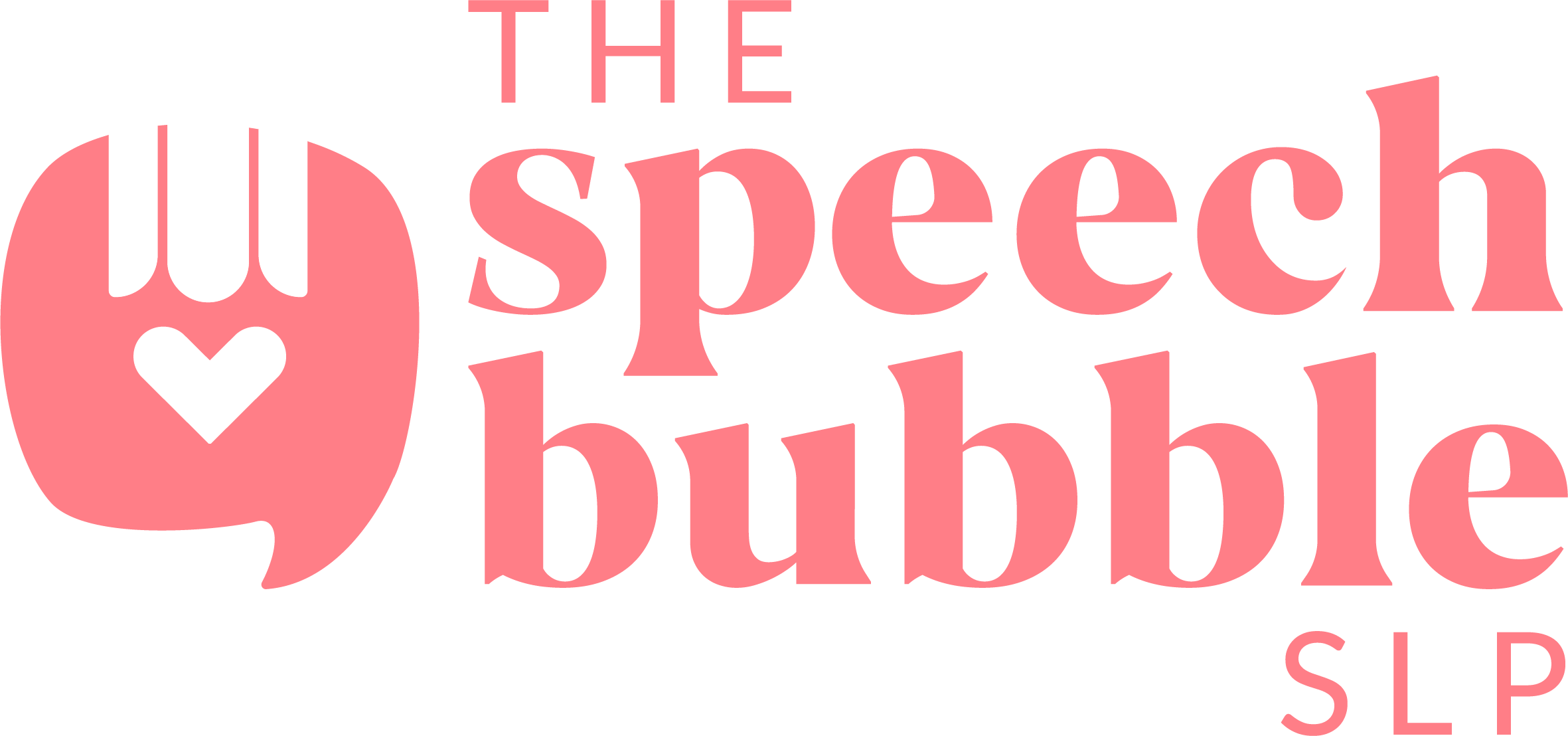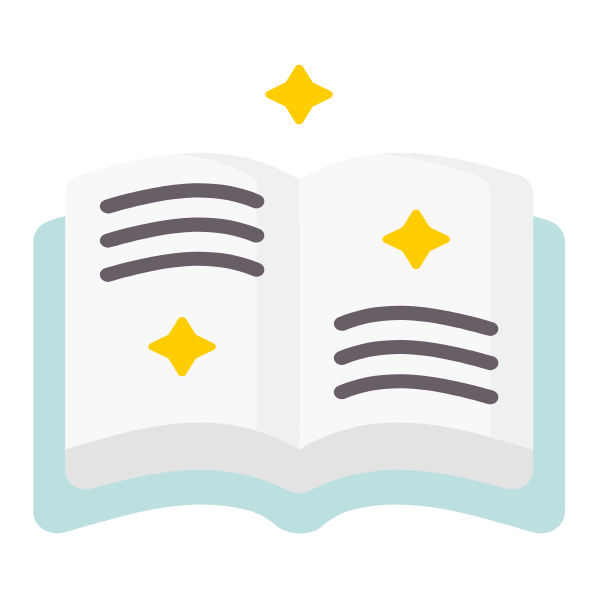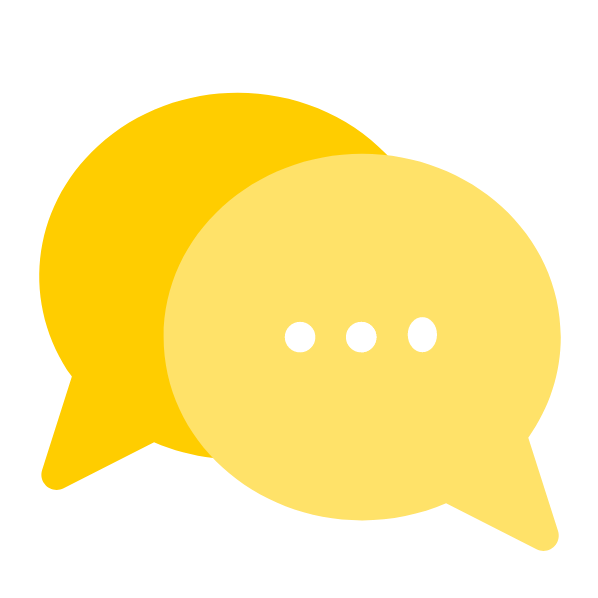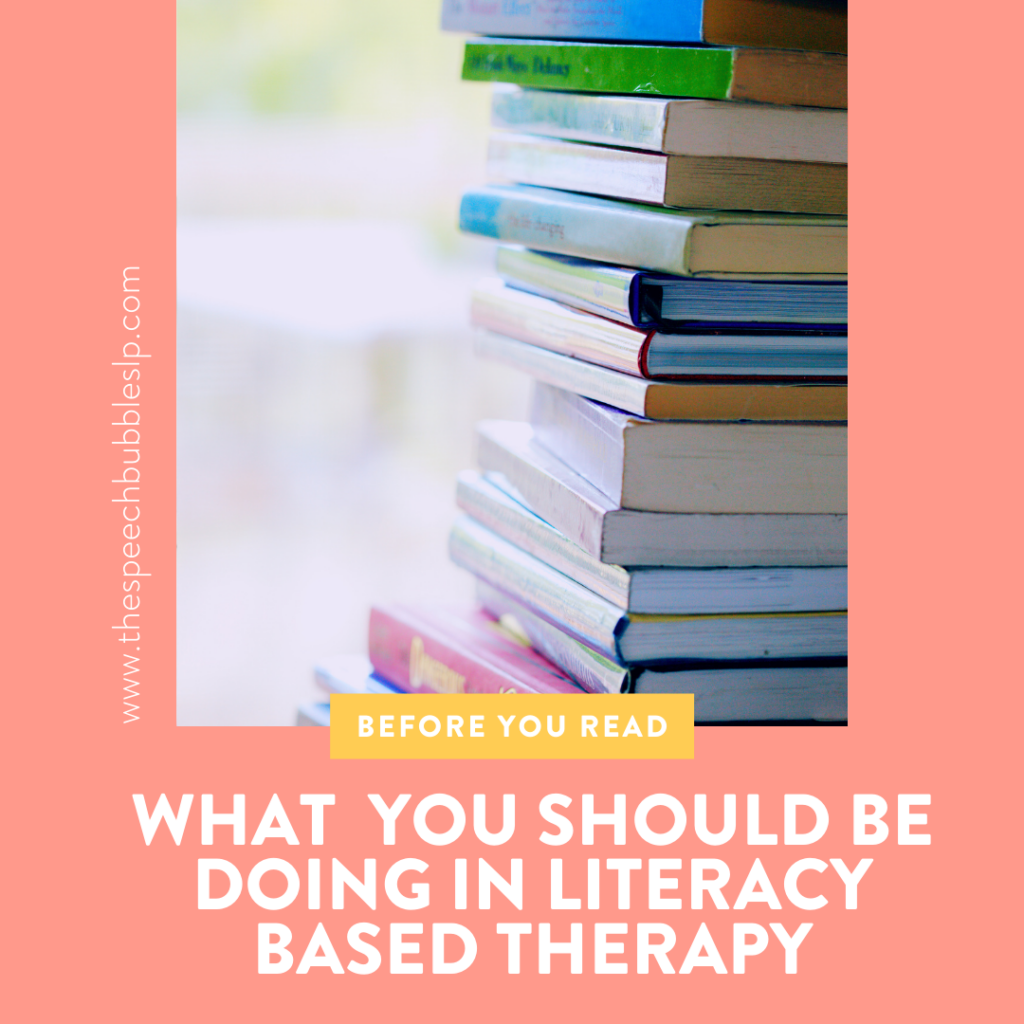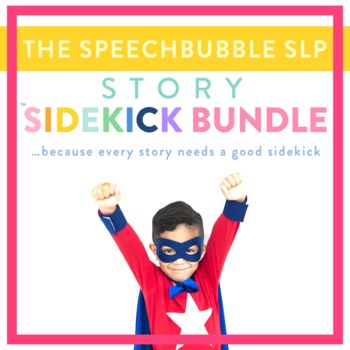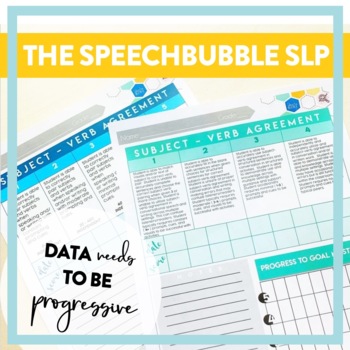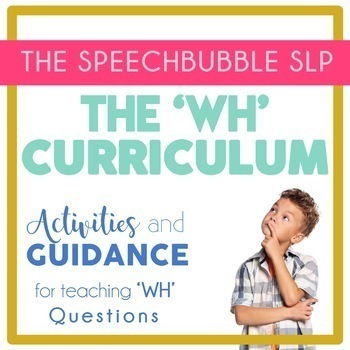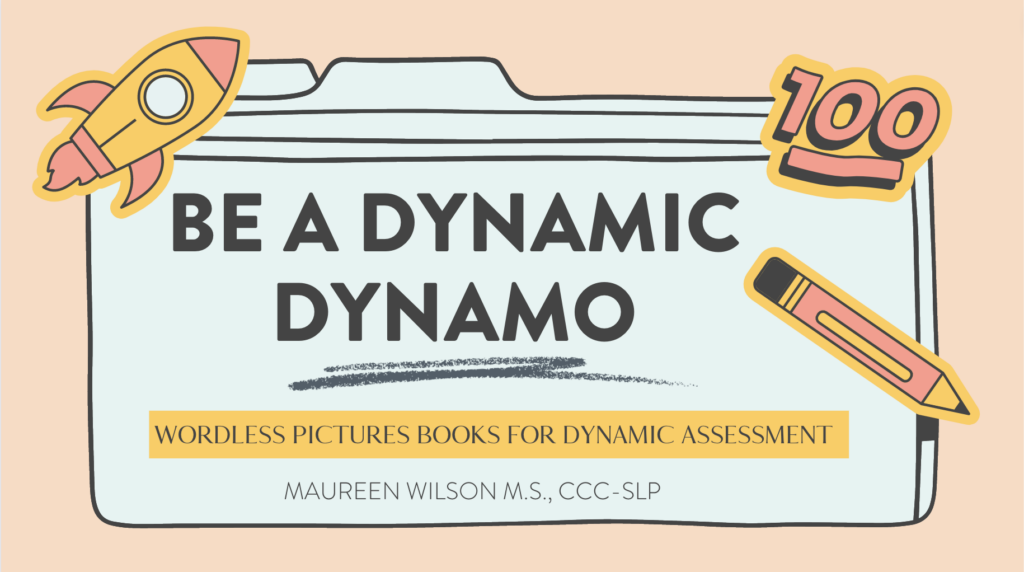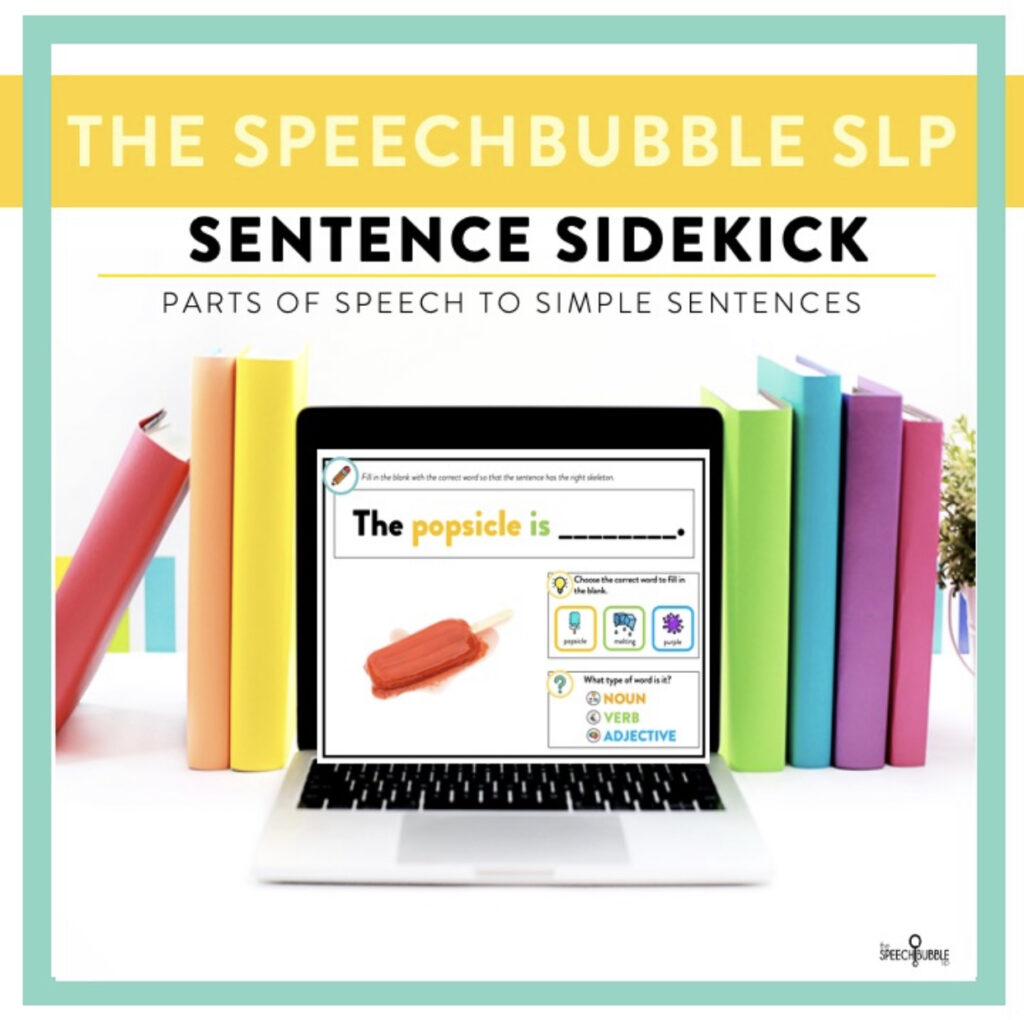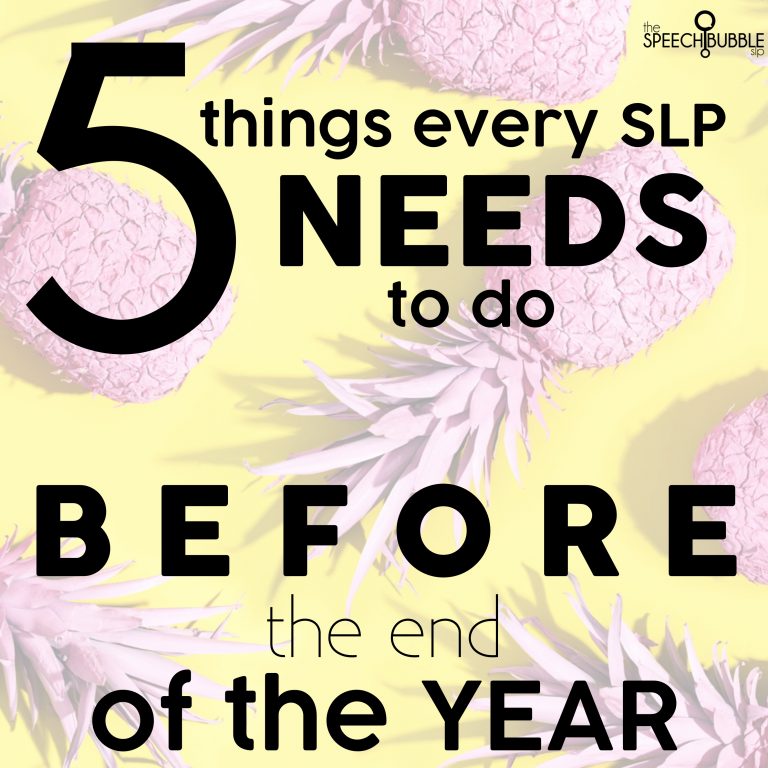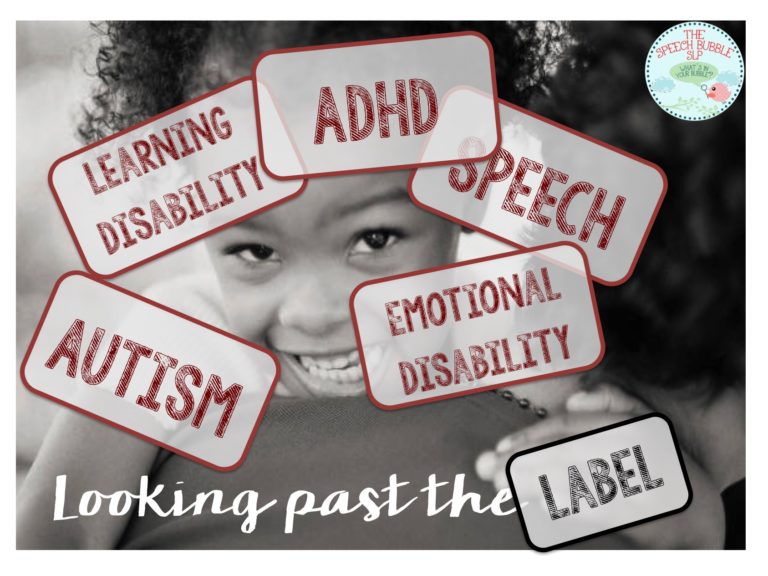More and more studies are coming out supporting the use of a literacy-based model in speech therapy. This approach allows you to not only show real-life application of the skills you are working on but allows you to target multiple skills at once with just one tool…a book. So what should we be doing with these books? Typically the first thing that comes to mind is reading a page or two and answering questions because we know that is what the student will be doing a lot in class, but that is just the tip of the iceberg when it comes to using books plus there are many things that need to happen before you even get to that point. When it comes to pre-reading strategies, front loading is the name of the game.
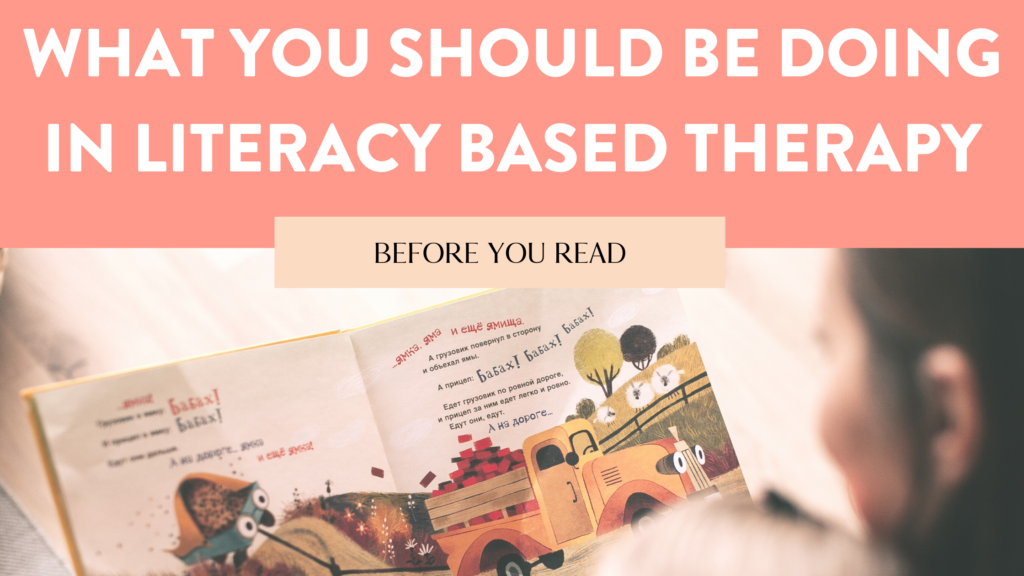
- Spend Time On Story Grammar
Before you crack out that book, you need to introduce and work story/narrative grammar with your kids. These elements ( character, setting, problem, feeling, repair, attempt, reaction, end ) need to be understood by our students in order helps your students segment the story into meaningful chunks rather than one ‘big thing where a lot of stuff happened’. These elements are also use in personal narratives that we share all day long, because when we stop and think about it all we do during the day is tell stories. Sharing about the weekend, what happened at recess, etc, they are all stories. Once students understand this structure while using books in your room, they can start to identify those parts when stories are being used in the classroom.
Start by using visuals to represent the story grammar elements and just having the students learn them and what they stand for. Then use wordless picture books to help kids learn to identify the elements in the story and progress from there.
2. Build Background Knowledge
Background knowledge is a critical piece to using literacy based therapy and we must keep in mind that is something our students may not have. If you work in a city and read a story about a farm to your kids, they may struggle to answer inferential and prediction questions that rely on background knowledge because they have not had the experience. Kids can use pictures to an extent for help but there is a limit. If a child has no background knowledge to pull from to help them connect the information and give it meaning then it working on the skill within that story probably won’t have the effect you want. Start each new book by providing some background knowledge about key elements in the story. Maybe the setting is in a city, then find some quick clips about cities so kids can see the tall building smooshed together and hear the loud traffic and discuss. If it is a story about a plant, like in Plantzilla by Jerdine Nolen, then talk about what gardening is and how plants grow, find some videos show a plant growing from seed to flower, etc. Not only with building background knowledge help with connecting information it can help give them confidence to participate.
3. Spend Time on Vocab
Ok, what it comes to books we can go a little overboard with the vocab words we focus on. There might be a list of 15 vocab for a story and since there is a list and you want to help your students you try and teach all 15 in one session. I’m not sure who needs to hear it but this is your permission to stop doing that! While all the words are applicable to the story how many are applicable to your student. Pick 5 that meet both criteria. Go through the book and see which words from that list occur the most, maybe you even come across some different re-occuring words and decide to use that. Go over these words before you start reading, this way the word isn’t unknown to them during the story and they can apply their new word knowledge to understand the context. I like to use a strategy called Word Mapping to work on vocabulary. My biggest tip here is to give them a plain, child friendly definition first. Don’t make them guess about what they think it means only to come up with a shoulder shrug and then they feel bad about themselves. If you have a kid that says they know that word already, awesome. Give them the definition and then ask if the student thought about that word the same way.
4. Go For A Walk
Go on a picture walk of the WHOLE BOOK before you read it. This goes with our point of building background knowledge, only this time we are getting building some background of the story itself. Look at each picture. How many story grammar elements can the students identify in it? What do they think is happening? Why might the character be doing that? How can that impact the story? These questions get the child to really start to think about and get into the story as well as give them an idea of what to expect moving forward as you begin to actually read.
These tasks are necessary for successful literacy-based therapy. Yes, it may take extra time to work on them but it will be well worth it, I promise, and you can still work your kids therapy goals into each session with these pre-reading activities. It’s a win-win.
Do you have any other pre-reading strategies you like to use? Pop them in comments!

